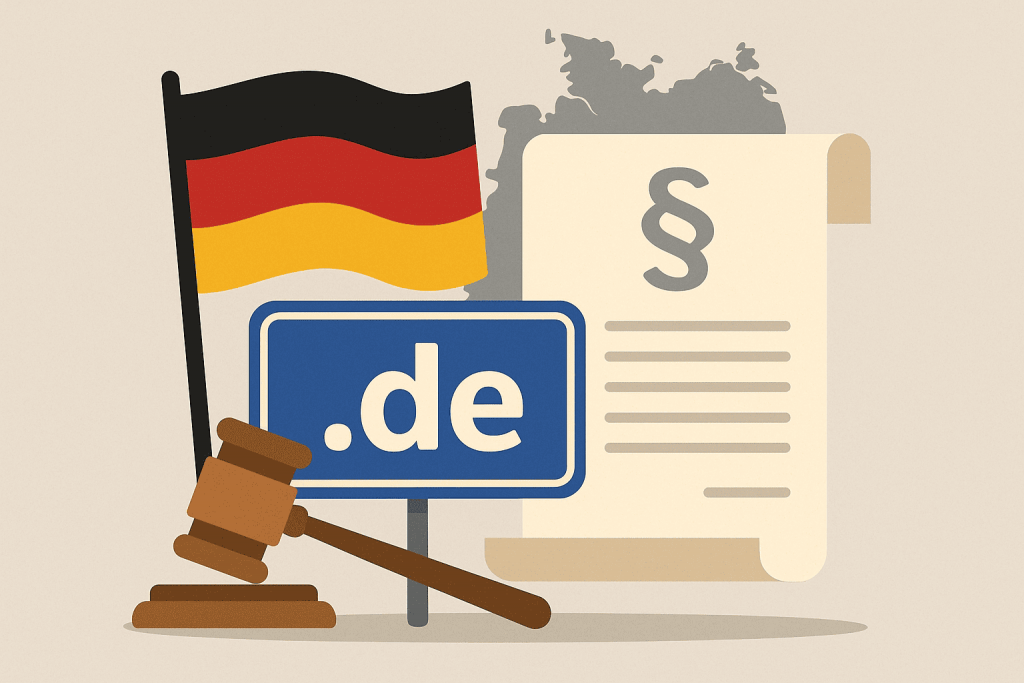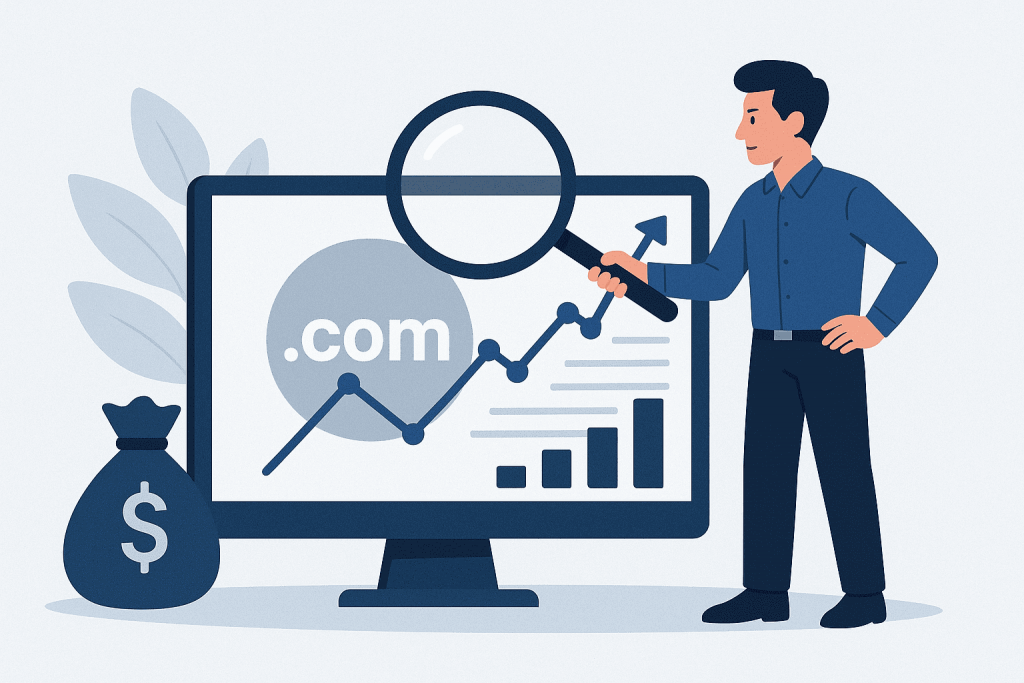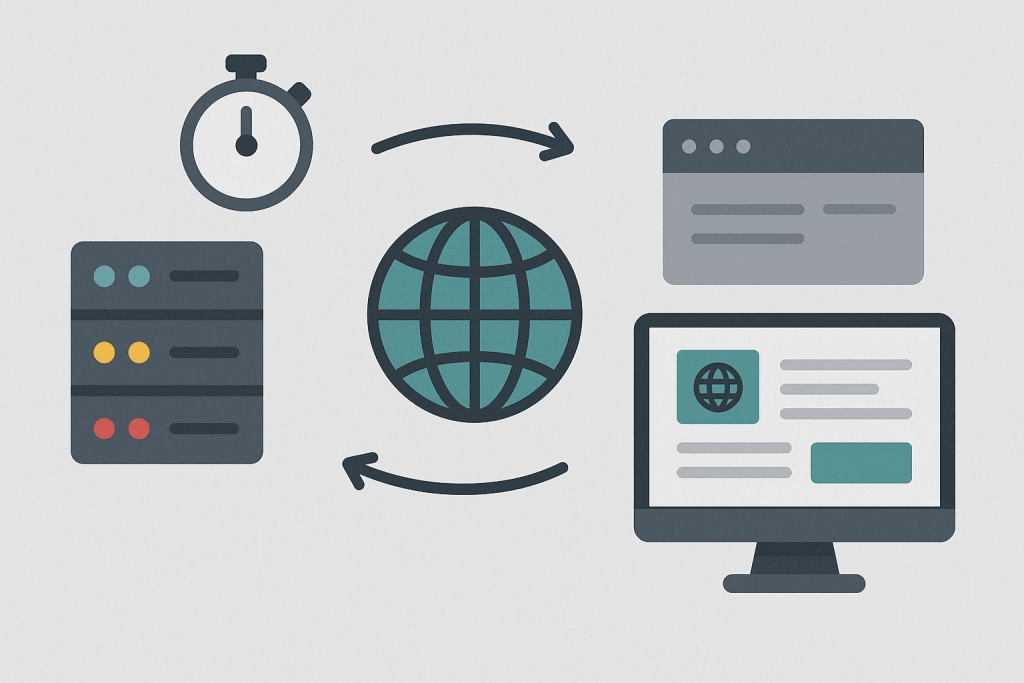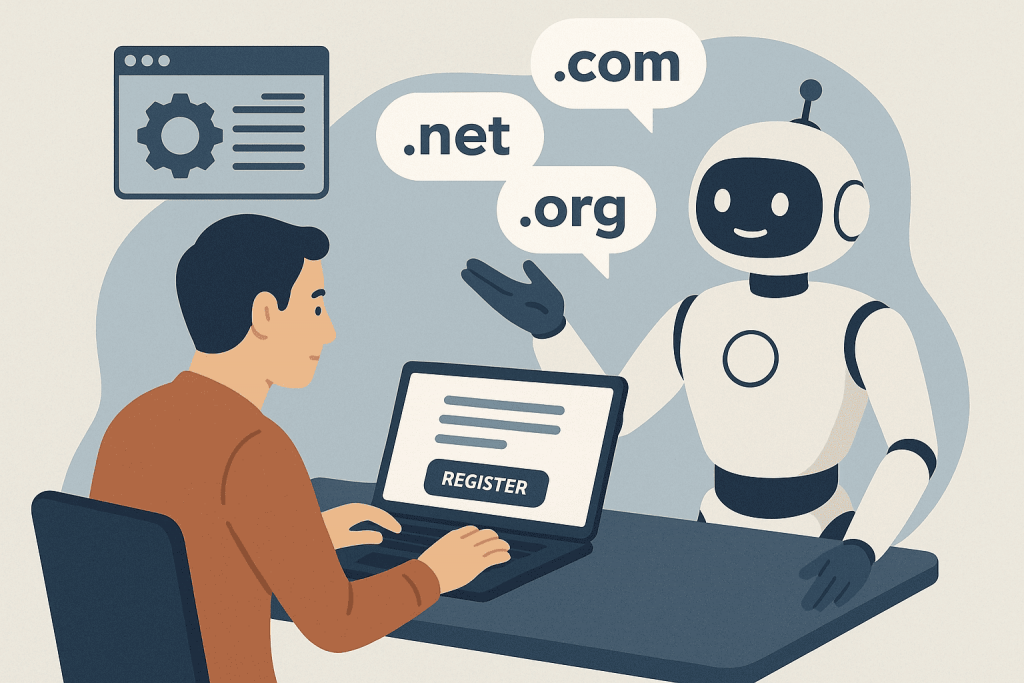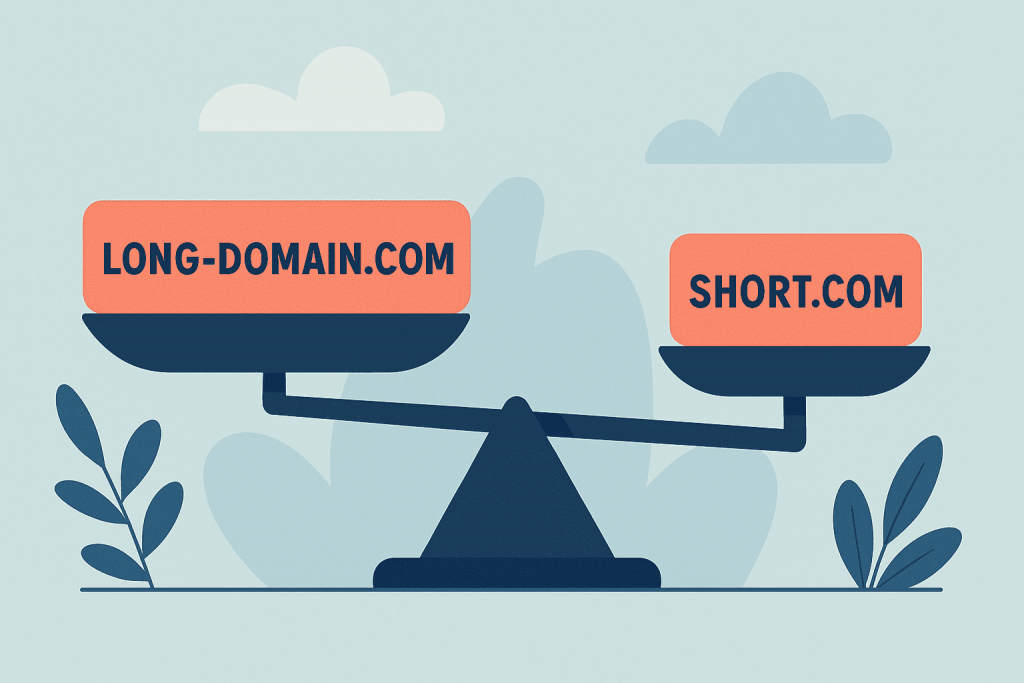
In today’s digital world, social media determines which topics become popular, which brands grow, and which content formats attract the most attention. It also influences which domain zones users register more often. In the past, choosing a domain was mostly a technical decision: companies picked classic .com or .net, and personal websites relied on local domains. However, with the rise of TikTok, Instagram, YouTube, and new platforms, the demand for domain zones has begun to shift under the influence of trends, influencers, and content formats. To understand why certain domains become fashionable, it’s important to see how exactly social networks shape users’ digital behavior.

